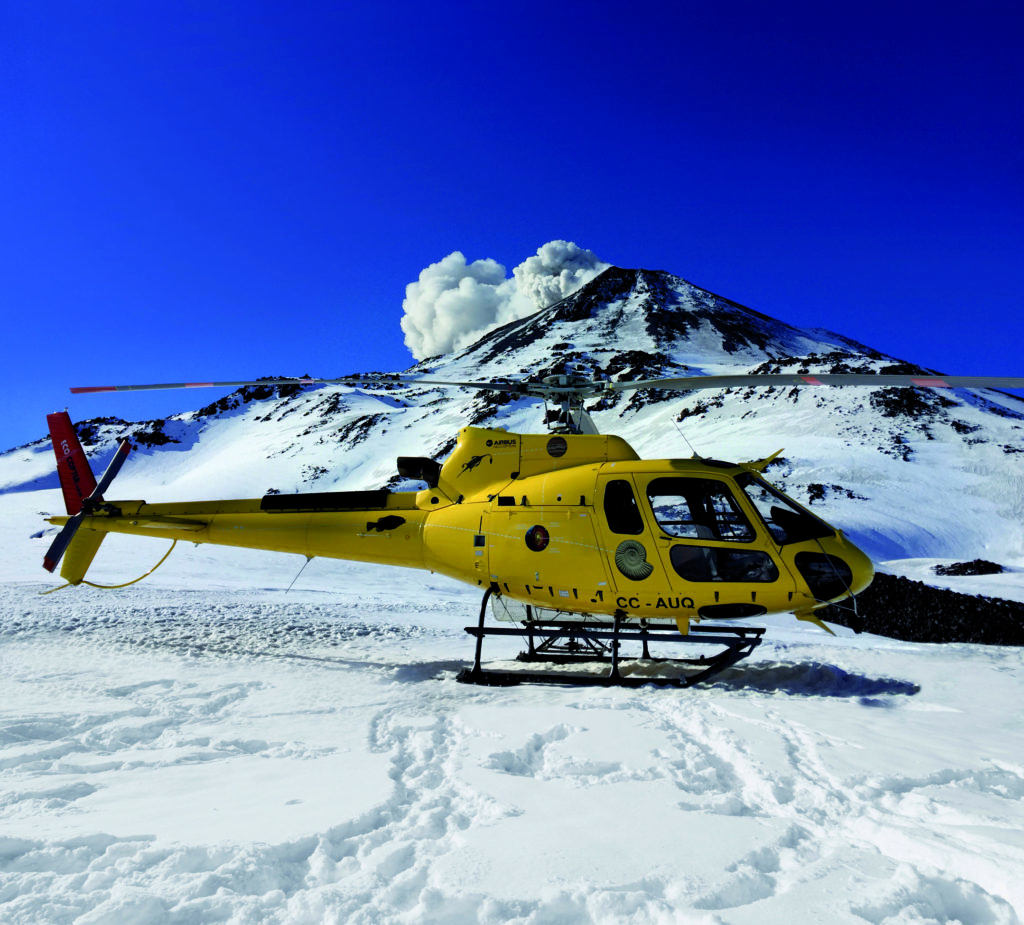Chile is one of the countries with the largest number of volcanoes on the planet. Being located in the so-called Pacific Ring of Fire, there are about 3,000 volcanoes in an extension of 4,300 kilometers of continental land, in addition to the Antarctic and insular territory.

That is why, from time to time, columns of smoke, ashes and subway noises take over places near these living massifs, generating from natural beauty to massive evacuations of people.
Chilean volcanic experts recognize that of the total number of volcanoes counted there are only 90 that are “active”, of which 42 could explode at any moment. It is for this reason that the National Service of Geology and Mining (SERNAGEOMIN) has an extensive National Volcanic Surveillance Network (RNVV) that allows authorities to have timely information for the management of a volcanic emergency and decision making focused on the safety of the population. This important network includes the establishment of real-time surveillance of 45 of the 90 volcanoes considered geologically active in the national territory and its maintenance and permanent retrieval of relevant information is essential. This is where the helicopters and their crews play a key role in reaching the high mountain peaks with the experts to carry out maintenance of the seismological stations and rescue the data stored there.
“In these operations we use the AS 350 B3/H125 helicopter, which is an aircraft that can fly at high altitude, has power, stability and versatility when maneuvering in the high mountain range. As Ecocopter we provide complete logistics for the success of the monitoring of the Volcanic Surveillance Network between the Metropolitan Region and Araucanía, with all the safety standards for the transportation of the volcanic experts,” says Francisco Arriagada, Ecocopter commercial manager.
Although each of the monitoring stations are georeferenced, snow can completely change the physiognomy of the environment, however, thanks to the expert eye of the pilot, it is possible with his expertise to find the stations quickly, achieving greater efficiency in the operation. “For us, the role we play in this process of maintaining and retrieving information from the monitoring stations is key. We know the importance of this service that we provide permanently and that we must be extremely careful to achieve the objectives set,” emphasizes Arriagada.
This press release was prepared and distributed by Ecocopter.









